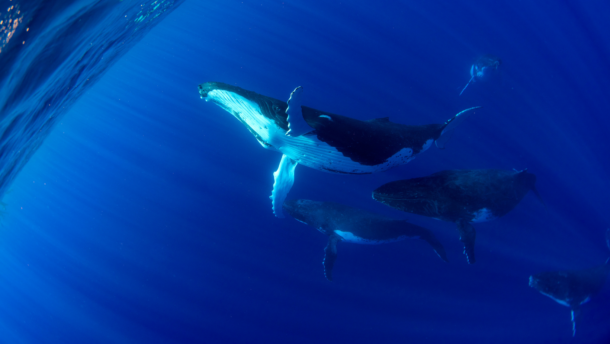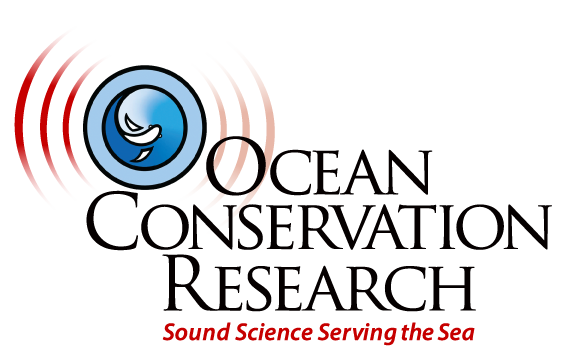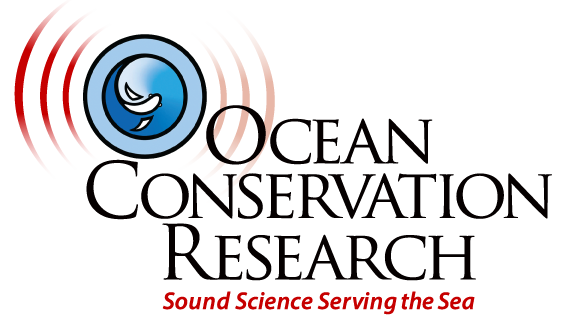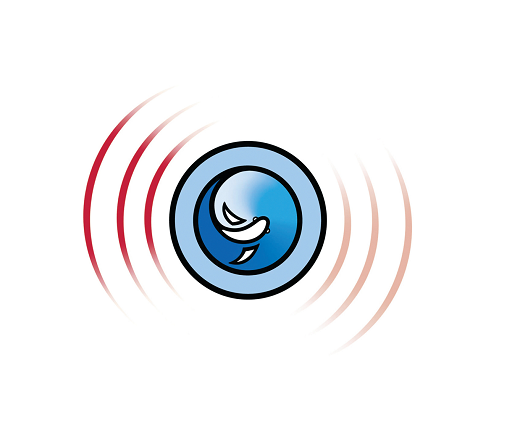2021 Progress Report

In February of this year we were sort-of gasping on the shore after having spent four years tossed upon the tempestuous waves of a reckless, and oil-soaked administration. But we, along with our colleagues at Oceana, Southern Environmental Law Center, Surfrider, and Environmental Defense managed to stave off ALL of the proposed offshore lease sales for 2017-2022. Yay!
Unfortunately our efforts to stave off the evisceration of the National Environmental Protection Act (NEPA) was not as successful – and the 2020 revision was a destructive parting shot from an administration bent on converting our planet into money. NEPA is now in triage, and we’re pretty deep into both the repair of the damage, and recommending updates for the 50-year anniversary of an Act that serves as the foundation of all US Environmental Law – so it reflects not just the most current science, but also contemporary “systematic thinking.”
I knew that tending to NEPA was going to be woven into our work, but with most of the fossil-fueled grassfires successfully extinguished, I was slipping into a state of ennui, wondering “what next?”
The ennui didn’t last long. While a number of us were on the fossil fuel front for four years, others were tracking the Bureau of Ocean Energy Management planning and blocking out development sites for offshore wind. These projects came up on us whiplash-fast with the new Administration, and the next thing I knew, I was in on these comprehensive conference “zooms” on some nine offshore wind projects on the Atlantic Outer Continental Shelf (OCS) and another three off the California OCS.
If you have been following our newsletters you’ll know that we’re guardedly encouraged about offshore wind. While every watt generated by offshore wind will not be generated by fossil fuel (which we know is killing the planet), wind farms will be transforming the OCS, with some known, and many unknown impacts on marine life. And all organisms will be affected – from the lowliest marine invertebrate, to the most endangered great whale. So pivoting away from fossil fuel to offshore wind is a “balance of harms” argument.
We are addressing this by way of detailed comment letters, recommendation documents, and meetings with State and Federal governmental agencies. This highlights one of the advantages with the world of “virtual meetings;” I can be on an environmental cohort meeting at 9am discussing Construction and Operations Plans for New York’s Empire Wind, a Bureau of Ocean Energy Management (BOEM) planning meeting at 10am for the Gulf of Mexico, and a 2pm meeting on West Coast “floating wind.” The downside is the aforementioned whiplash effect. Daily.
Another downside of this endless salad of Zoom meetings is my work on the International Standards Organization – convening in the Netherlands, and inclusive of delegates from China, Japan, and Australia. Colleagues on the other side of the international dateline are up really late, but my having to get up at 4am to participate in a scientific discussion doesn’t have me at “the top of my game.”
Of course with all of the “shelter in place” orders, I have missed what we have all missed – traveling to cool places. The Acoustics Society meeting in Chicago, the “Aquatic Noise” conference in Barcelona, and the International Standards Organization meeting in Sant Denis in 2020, and Montreal in 2021 – all cancelled. Like many of us, I have been working from home and chewing on the furniture a bit.
This has not been the case with OCR Communications Director Daniela Huson – who took off in October 2020 with her companion, working out of a travel trailer and touring the National Parks and various States around the nation. And who am I to complain? She is entraining some 300,000 followers on our social media assets, producing superlative educational videos, and running campaigns like a seasoned pro. In hired her in 2017 – and this being her first real job out of college, OCR has been blessed with her talents.
Coming up? As the pandemic’s grip is loosening on educated people, I will be cautiously venturing out to chair a scientific panel on “Soundscape Metrics” at the Acoustics Society Meeting in Seattle. This letter may be reaching you when I am there. We are still shopping our Farallones Hydrophone Project, seeking a grant to run a “proof of concept” on the math, and developing a more robust “Sounds of The Bay” project, taking primary and secondary school students out on the water to develop and test hypothesis about marine life and soundscape qualities in San Francisco Bay.
Offshore wind farms will be with us for some time, and helping pilot the repair and revisions of NEPA will be on my desk for a little while. But we still have a lot of unfinished work: Just because everyone is hot and bothered about offshore wind, it doesn’t mean that we’re free of noise impacts from the fossil fuel industry. We’d like to get definitive data of the impacts of seismic surveys on marine zooplankton, and we still need to publish our seismic survey data from the Cook Inlet study of 2019. So much for the ennui…
Of course none of this could happen without your ongoing support – for which we are deeply grateful. Can we count on you joining us this year in underwriting our efforts?
Ocean Conservation Research (OCR) is fiscally sponsored by MarinLink tax ID # 20‑0879422, so your donations are tax-deductible.
Or you can mail your contribution to:
MarinLink – OCR fund
P.O. Box 559
Lagunitas, CA 94938
Thanks so much!
Michael Stocker – Director



